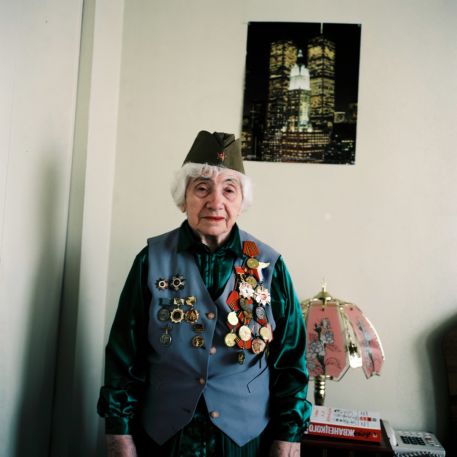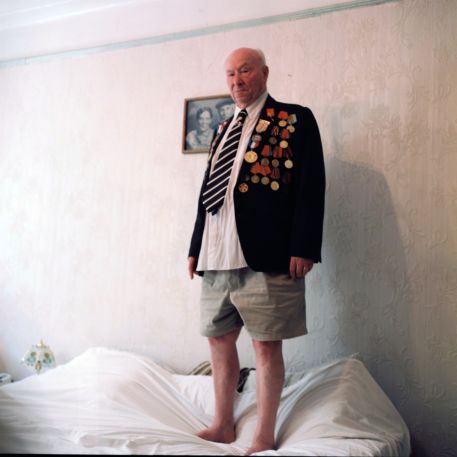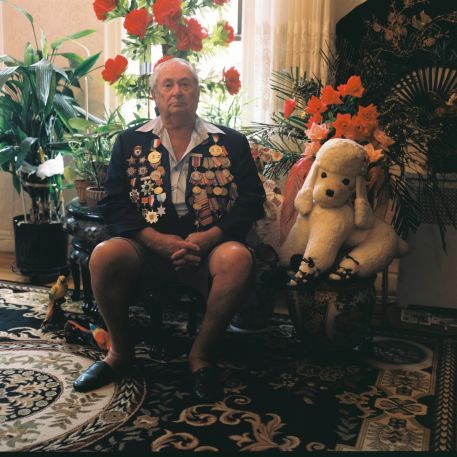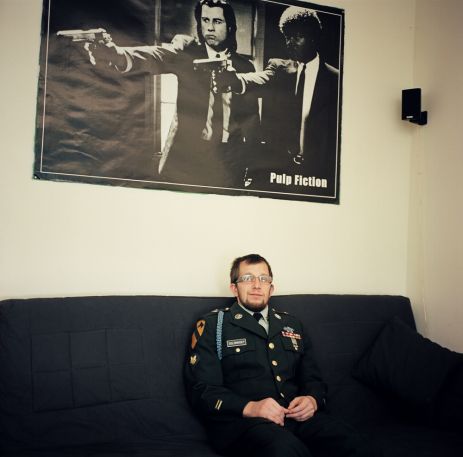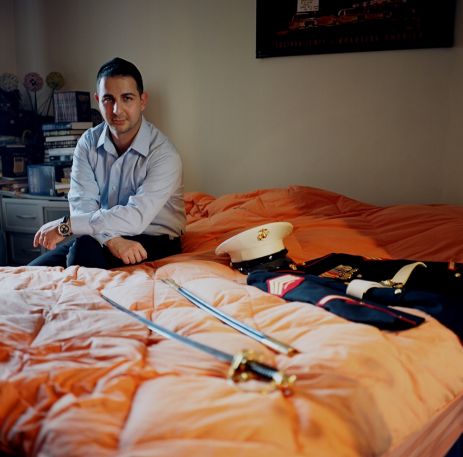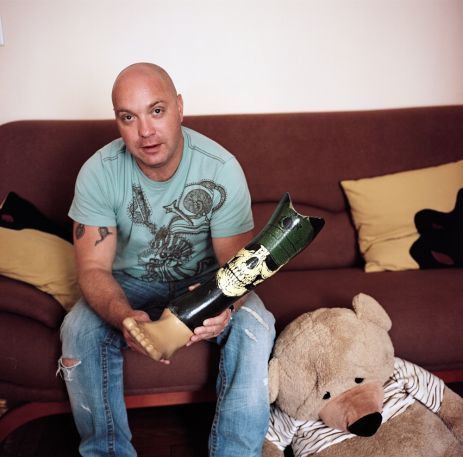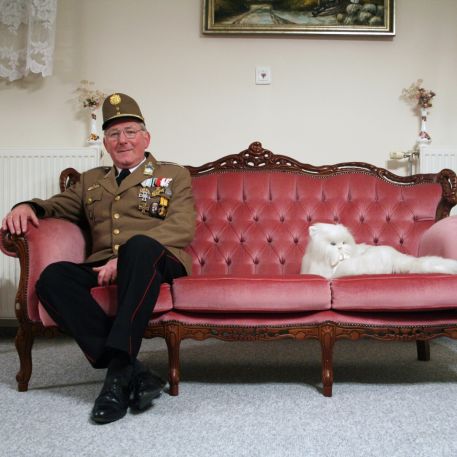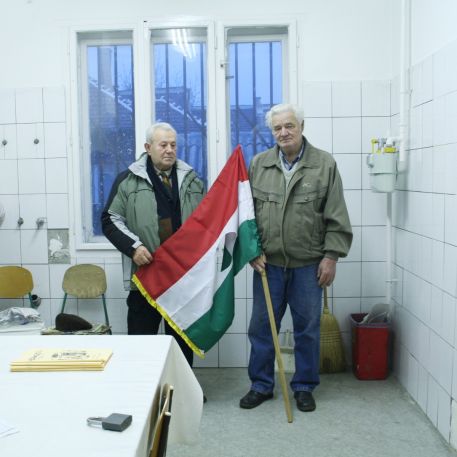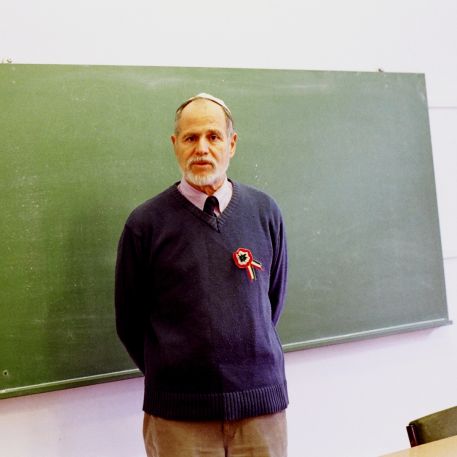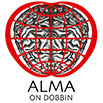
Foreign Field
2B Galéria
Lilla Szász
May 9, 2013 throughJune 7, 2013
In her photographic series, Lilla Szász presents members of communities who are bonded by their common past, particularly as veterans in the same war.
“Comrades” (2010) documents the lives of Russian Jewish Veterans living in Brighton Beach, New York. As members of the Russian army, these men fiercely fought German occupation from 1941 to 1945. As The New York Times explained, "As Jews who shared both the deprivations of a brutal war against Hitler's forces and post-war anti-Semitism under a Soviet system they had risked their lives to preserve, their allegiance is not to the former Soviet Union, nor to the Red Army, nor even to Mother Russia, but to one another." Their veterans’ association today boasts 3,000 members.
“Purple Hearts” (2011) are Russian-Jewish veterans who came to the US in the post-Soviet era and served in the American military in order to obtain a green card and citizenship. They would like to forget their uniforms, medals and the years served in the army. They are not proud of their past. They are not happy to recall the terrors of war that they experienced. According to 2011 data, 17,000 non-American citizens served in the US Army. Most of them come from South and Central America, Eastern Europe, and the former states of the Soviet Union.
“Freedom Fighters” (2011-2012) The Federation of Hungarian Freedom Fighters, founded by József Apró, provides emotional and financial support to Jewish Hungarian veterans and families of veterans who participated in the 1848 and 1956 Hungarian revolutions. Hungarian Jews, who took part in large numbers in the 1848 revolution, were granted equal rights for their heroism by a grateful Parliament. The Association of Hungarian Jewish Freedom Fighters commemorates the Jewish commanders of 1848 on their March 15 celebrations.
“Szabolcs Barakonyi: Why the flowers are prettier here” (2011-2012)
In 2011, Lilla Szász received the André Kertész Scholarship of the Hungarian Cultural Fund to do a project in Paris.
She focused on the Parisian lives of Hungarians of her generation—especially artists, or people dealing with art.
She selected nine subjects; some she already knew, and they led her to the others
© ALMA 2014
